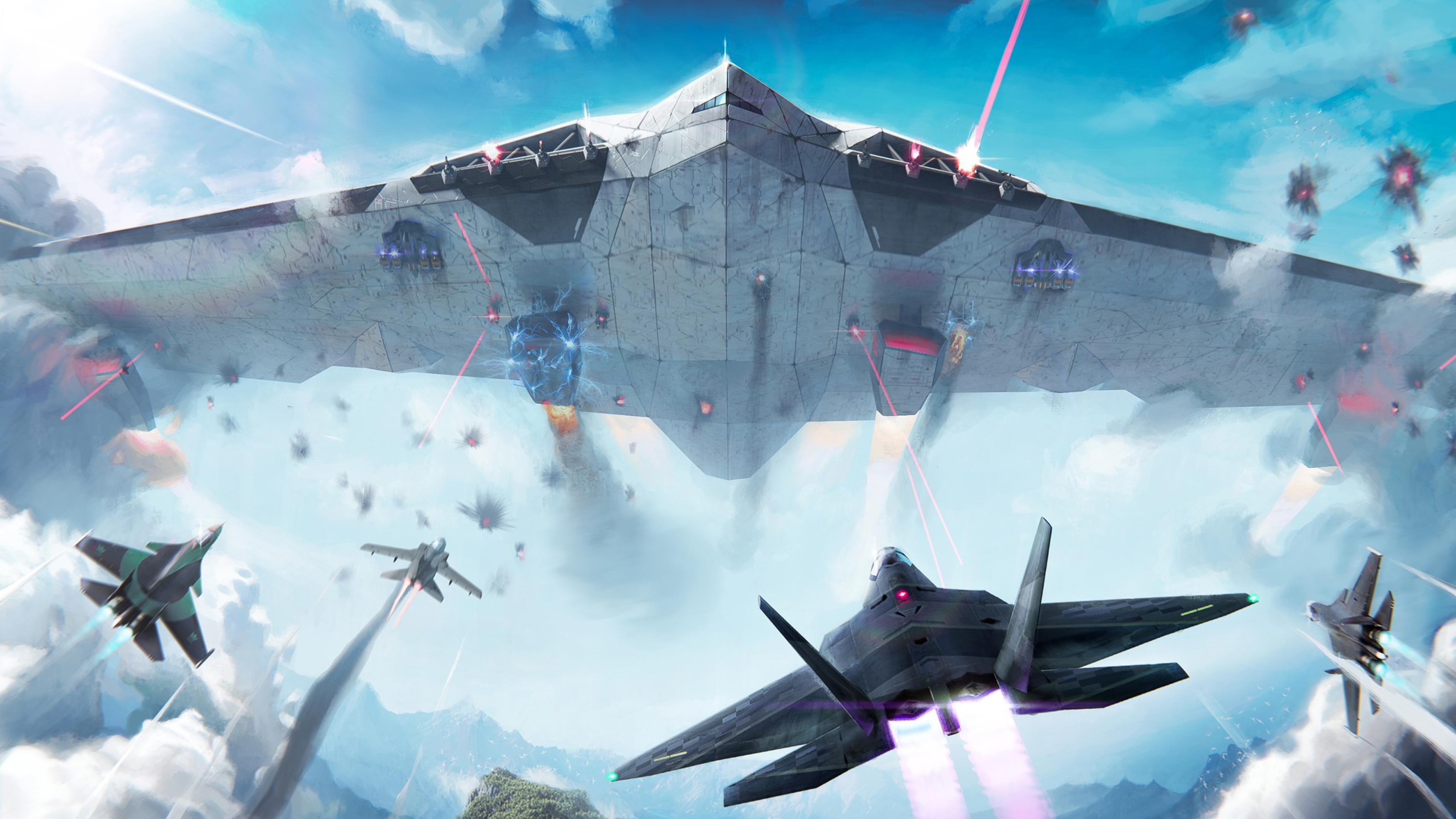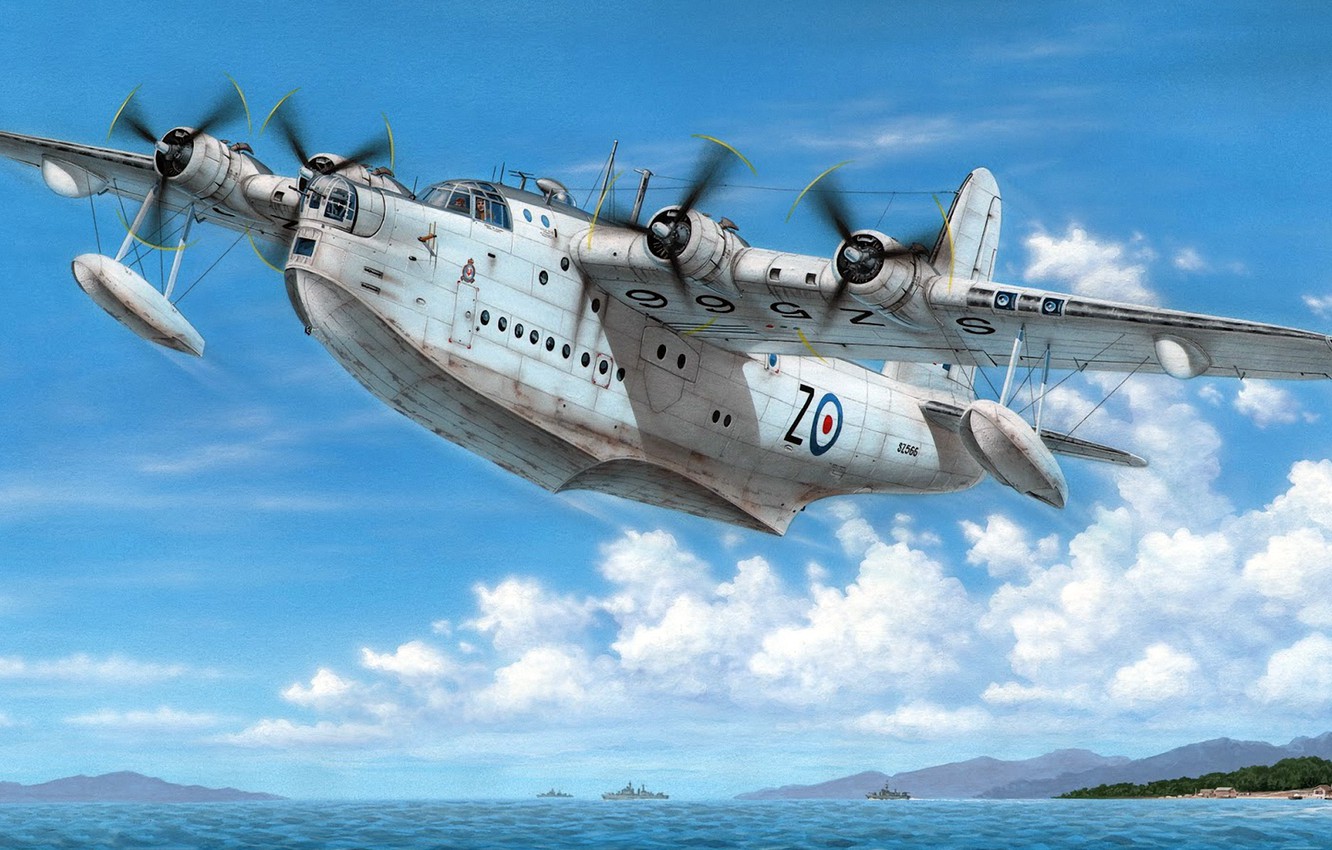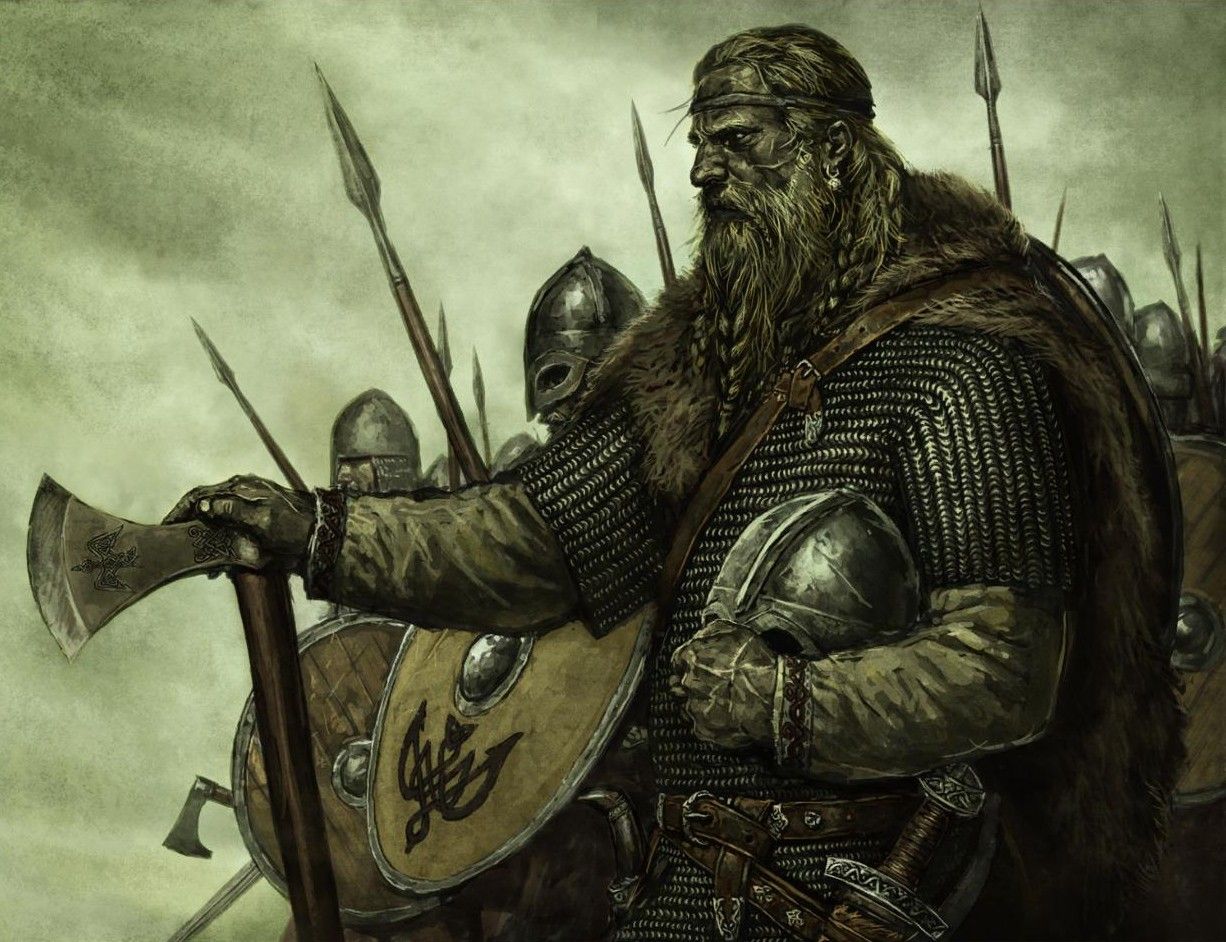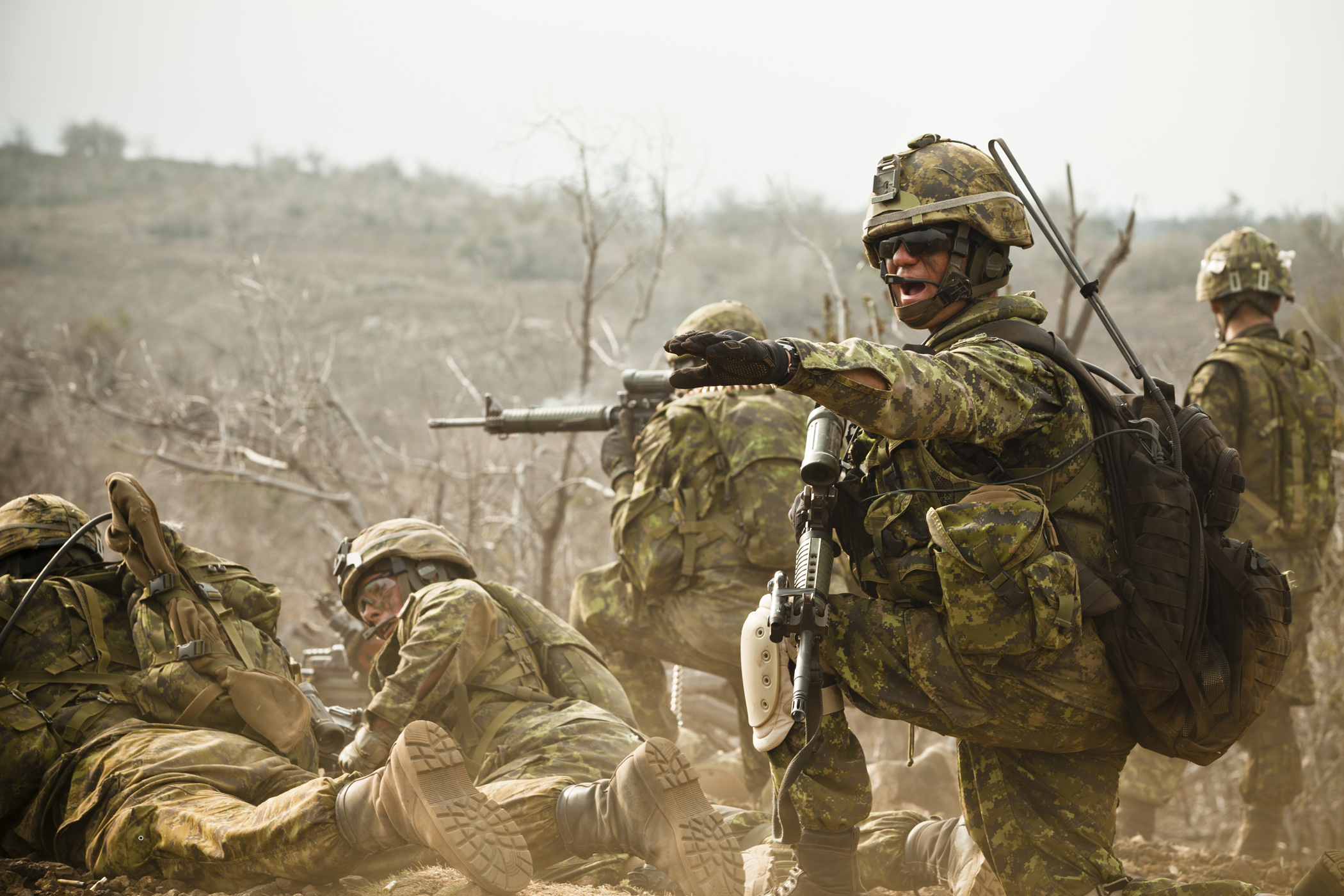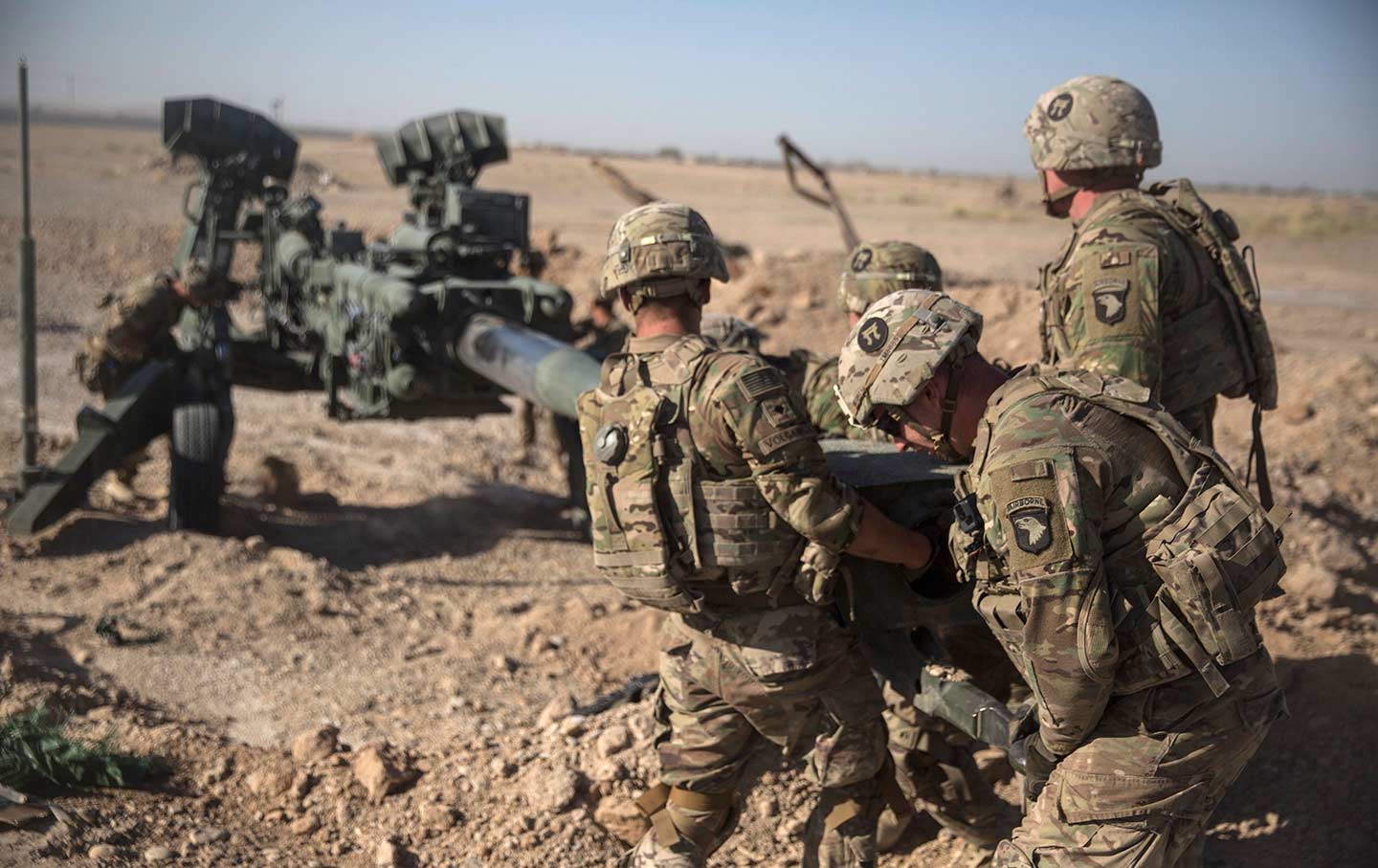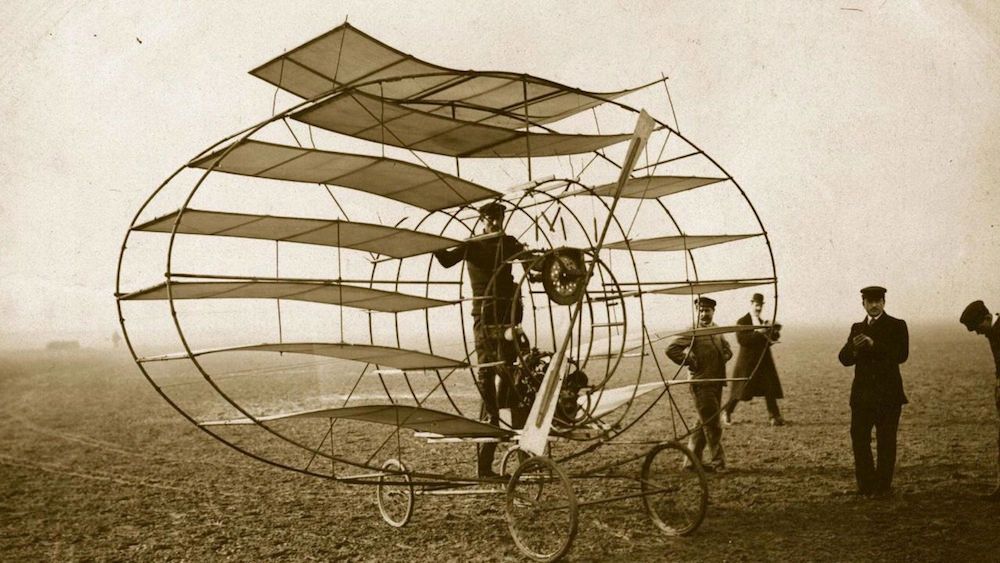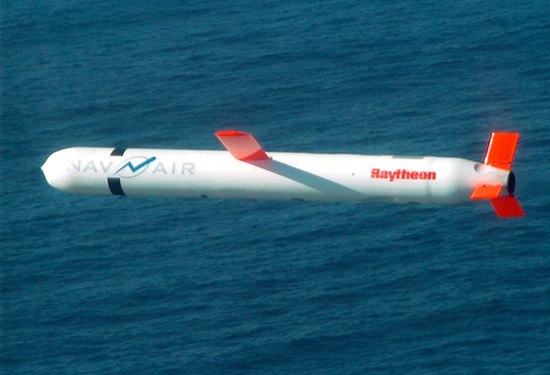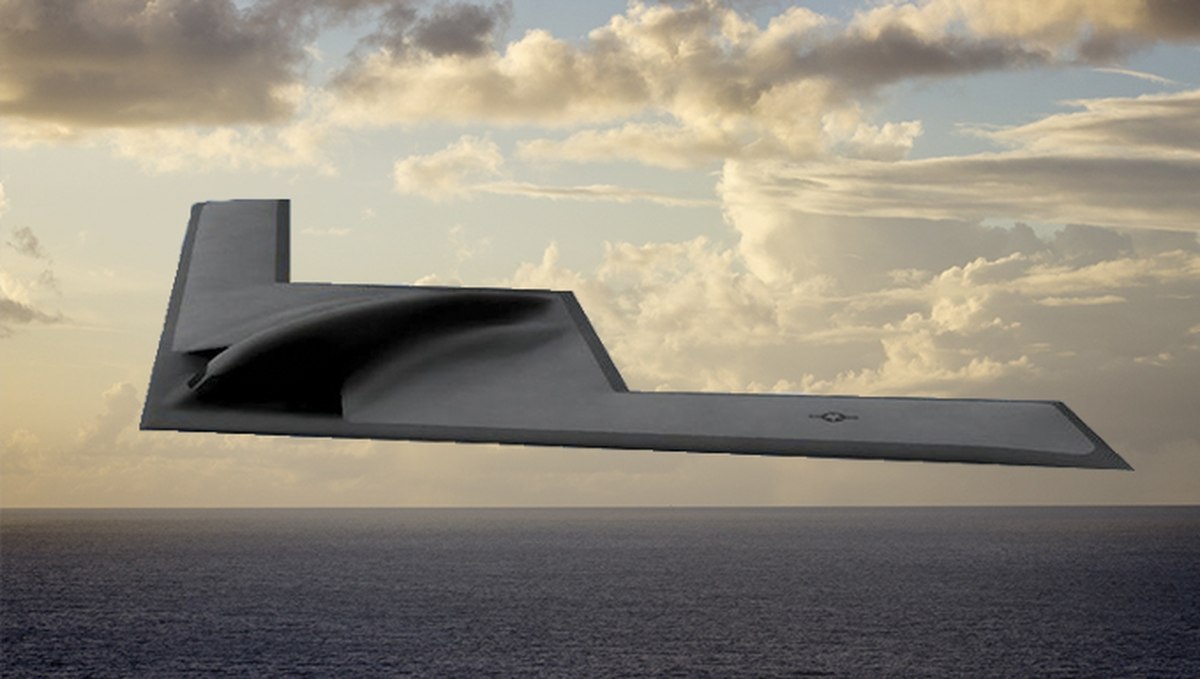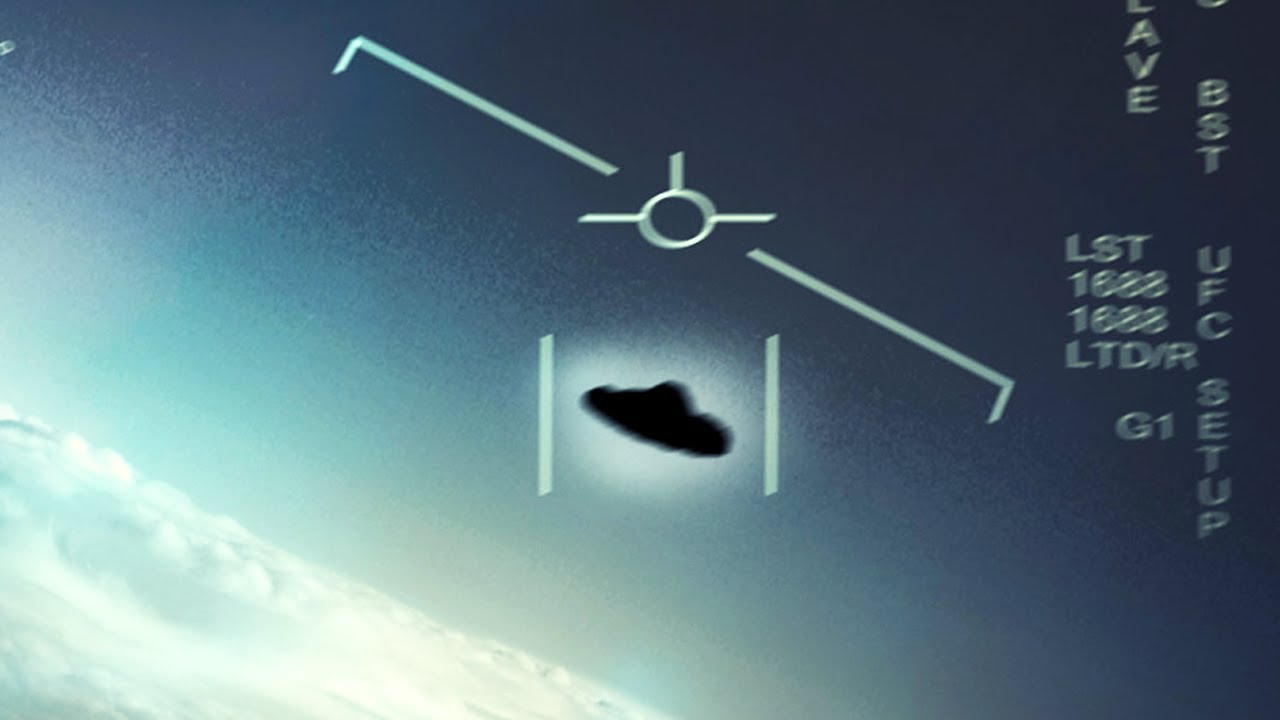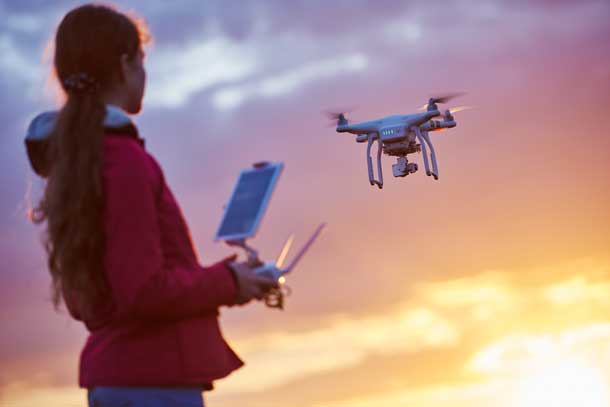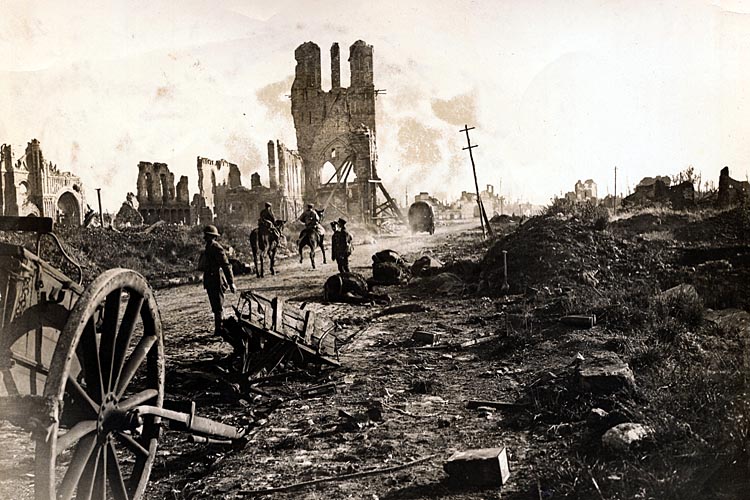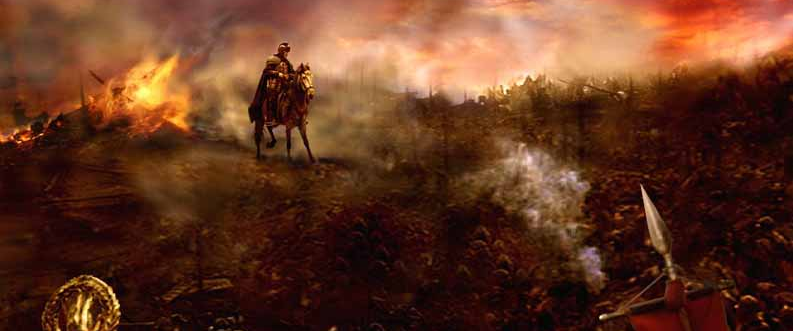Do you know the Top 3 Most Deadliest Bomber Aircraft Operated by US Military? Most people will probably say No!! In today’s world, technology is a major factor when it comes to national defense.The US military is one of the strongest in terms of warfare technologies.But all this wouldn’t be possible without technology. I therefore present to you their top 3(three) high-tech Bombers, namely Boeing B-52 Stratofortress,The Northrop B-2 Spirit and The Rockwell B-1 Lancer.Now lets dive deeper into this bombers and the technologies embodied in them.
1.Boeing B-52 Stratofortress

The Boeing B-52 Stratofortress is an American long-range, subsonic, jet-powered strategic bomber. The B-52 was designed and built by Boeing, which has continued to provide support and upgrades. It has been operated by the United States Air Force (USAF) since the 1950s. The bomber is capable of carrying up to 70,000 pounds (32,000 kg) of weapons, and has a typical combat range of more than 8,800 miles (14,080 km) without aerial refueling.
The eight engines of the B-52 are paired in pods and suspended by four pylons beneath and forward of the wings’ leading edge. The careful arrangement of the pylons also allowed them to work as wing fences and delay the onset of stall. The first two prototypes, XB-52 and YB-52, were both powered by experimental Pratt & Whitney YJ57-P-3 turbojet engines of 8,700 lbf (38.70 kN) of static thrust each.
The B-52 took its maiden flight in April 1952. Built to carry nuclear weapons for Cold War-era deterrence missions, the B-52 Stratofortress replaced the Convair B-36. A veteran of several wars, the B-52 has dropped only conventional munitions in combat. The B-52’s official name Stratofortress is rarely used; informally, the aircraft has become commonly referred to as the BUFF (Big Ugly Fat Fucker).
2.The Northrop B-2 Spirit

The Northrop (later Northrop Grumman) B-2 Spirit, also known as the Stealth Bomber, is an American heavy penetration strategic bomber, featuring low observable stealth technology designed for penetrating dense anti-aircraft defenses; it is a flying wing design with a crew of two.The bomber can deploy both conventional and thermonuclear weapons, such as eighty 500 lb (230 kg)-class (Mk 82) JDAM Global Positioning System-guided bombs, or sixteen 2,400 lb (1,100 kg) B83 nuclear bombs. The B-2 is the only acknowledged aircraft that can carry large air-to-surface standoff weapons in a stealth configuration.
In order to make the B-2 more effective than previous bombers, many advanced and modern avionics systems were integrated into its design; these have been modified and improved following a switch to conventional warfare missions. One system is the low probability of intercept AN/APQ-181 multi-mode radar, a fully digital navigation system that is integrated with terrain-following radar and Global Positioning System (GPS) guidance, NAS-26 astro-inertial navigation system (first such system tested on the Northrop SM-62 Snark cruise missile) and a Defensive Management System (DMS) to inform the flight crew of possible threats.
The onboard DMS is capable of automatically assessing the detection capabilities of identified threats and indicated targets.The DMS will be upgraded by 2021 to detect radar emissions from air defenses to allow changes to the auto-router’s mission planning information while in-flight so it can receive new data quickly to plan a route that minimizes exposure to dangers.
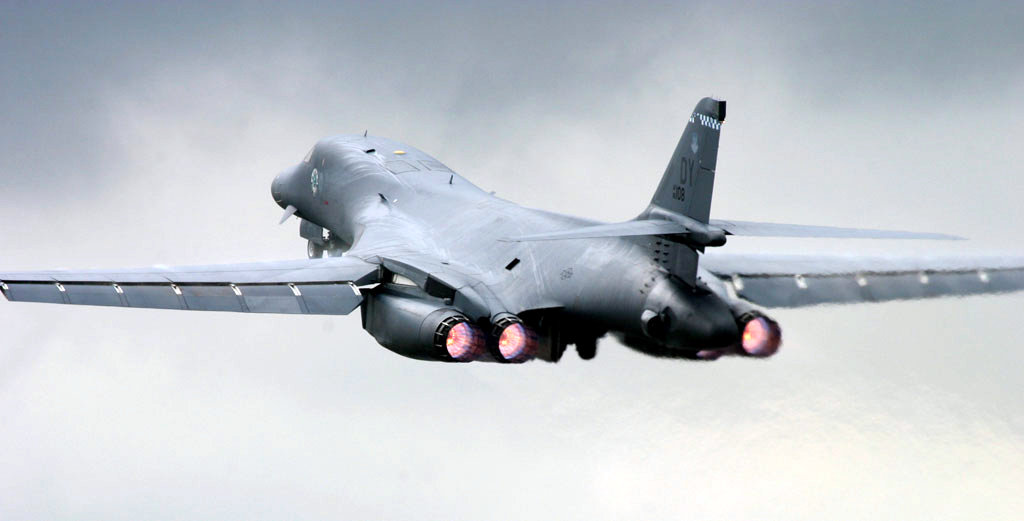
3.The Rockwell B-1 Lancer
The Rockwell B-1 Lancer[N 1] is a supersonic variable-sweep wing, heavy bomber used by the United States Air Force (USAF). It is commonly called the “Bone” (originally from “B-One”). It is one of three strategic bombers in the USAF fleet as of 2017, the other two being the B-2 Spirit “Stealth Bomber”, and the B-52 Stratofortress.
The B-1 was first envisioned in the 1960s as a platform that would combine the Mach 2 speed of the B-58 Hustler with the range and payload of the B-52, ultimately replacing both. After a long series of studies, Rockwell International (now part of Boeing) won the design contest for what emerged as the B-1A.
This version had a top speed of Mach 2.2 at high altitude and the capability of flying for long distances at Mach 0.85 at very low altitudes. The combination of the high cost of the aircraft, the introduction of the AGM-86 ALCM cruise missile that flew the same basic profile, and early work on the stealth bomber all significantly impacted the need for the B-1.The B-1’s main computer is the IBM AP-101, which is also used on the Space Shuttle orbiter and the B-52 bomber.
The computer is programmed with the JOVIAL programming language.The Lancer’s offensive avionics include the Westinghouse (now Northrop Grumman) AN/APQ-164 forward-looking offensive passive electronically scanned array radar set with electronic beam steering (and a fixed antenna pointed downward for reduced radar observability), synthetic aperture radar, ground moving target indication (GMTI), and terrain-following radar modes, Doppler navigation, radar altimeter, and an inertial navigation suite.


